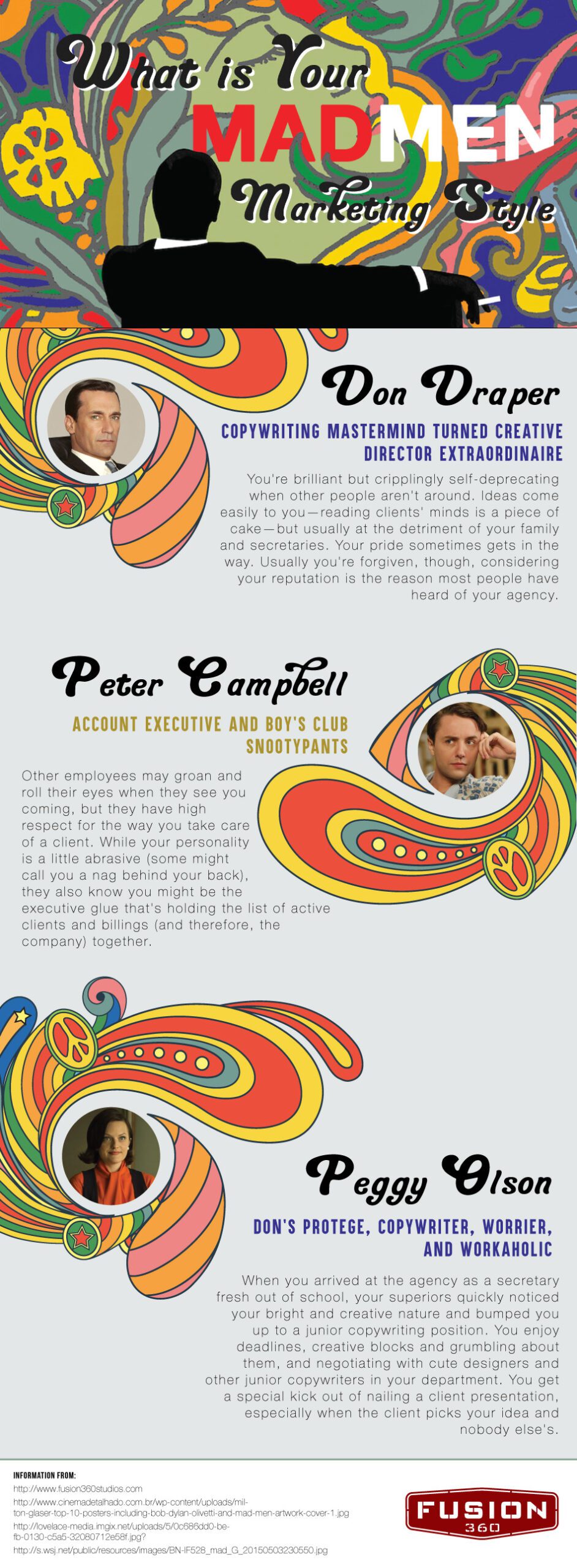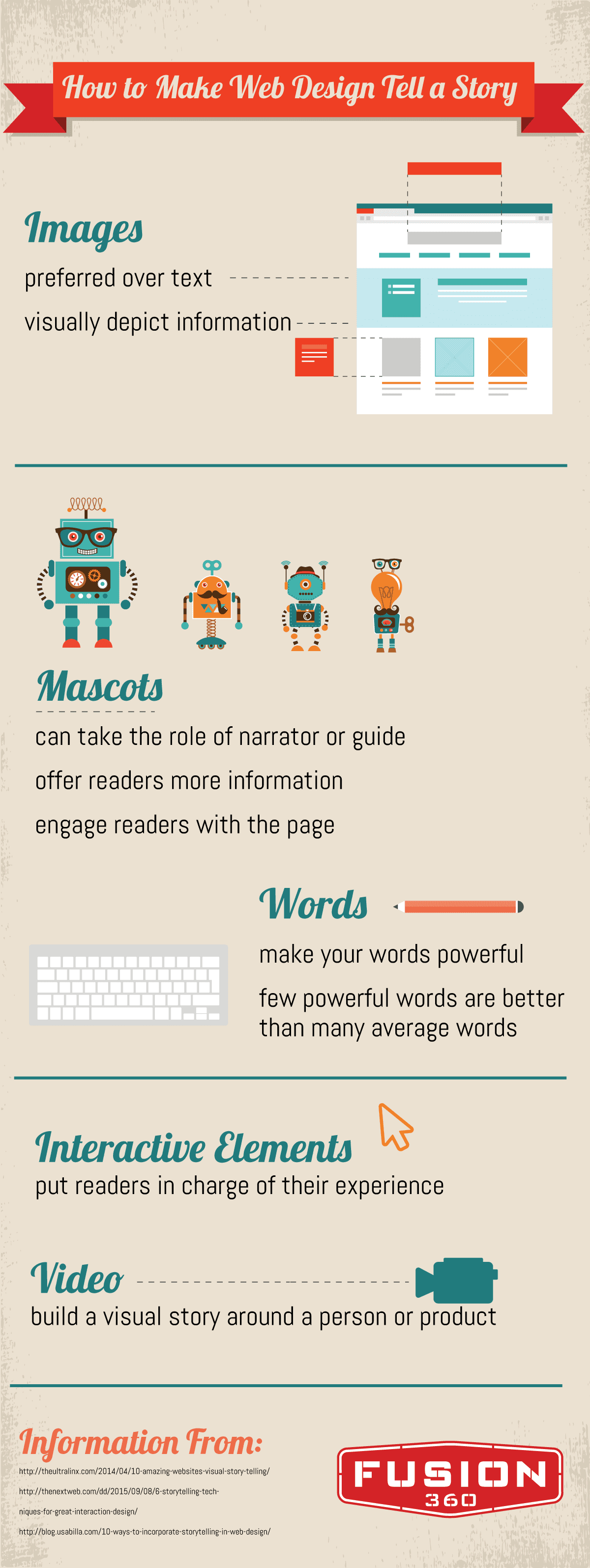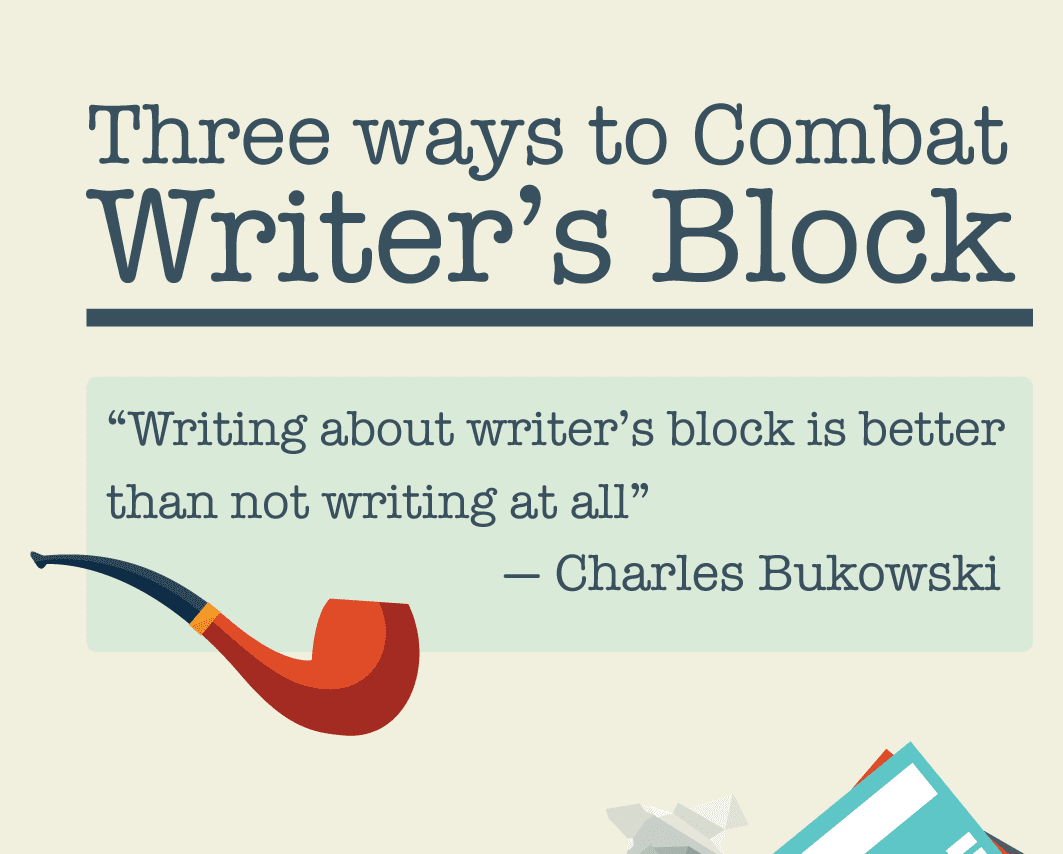Snapchat is one of the most popular social media channels today, especially among younger markets. Some content marketing agencies in Utah think it may even overthrow Facebook’s long-held supremacy on the social world.
Well, this news may add support to those opinions: Snapchat just announced changes that will allow content marketers to use the social media platform in new and, frankly, kind of awesome ways.
Snapchat Memories
Snapchat Memories is the newest feature on a social media site known for the fact that it is always evolving. Snapchat is still discovering its identity in the social world. Memories is an evolution that seems small but could drastically change content marketing.
The Snapchat blog explained Memories as a way “to create new Stories from Snaps you’ve taken, or even combine different Stories into a longer narrative.” Why is it such a big deal? Snapchat’s notoriety came from being a service that operated in real-time. Users have to post content as it happens, with no way to create content and post it after the fact. Memories changes everything.
What Content Marketers Can Do
With Memories, a content marketing company in Utah could create pictures and other content and then publish that content at a later date. Without the pressure of real-time publication, the quality of produced content will most likely grow. Content can be created and edited outside of Snapchat and then uploaded. This same Utah agency could even stitch together Snapchat Stories made of content that was originally published on other platforms.
Essentially, Memories allows for greater content sharing between Snapchat and other platforms. The possibilities for marketers to use Snapchat more extensively and efficiently are endless, but every new movement has its challenges (like Taylor Swift’s transition to pop music…haters gonna hate, hate, hate, hate, hate…)
If marketers start publishing tons of high quality content while the average Snapchat user is publishing in real time, snaps could lose the feeling of authentic interaction that makes them an effective way to reach audiences in the first place. In the end, will Memories move content marketing for better or worse? Time, and snaps, will tell.















